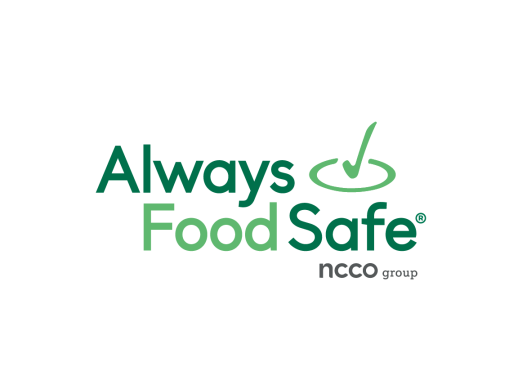As the weather warms, we start to get excited about fresh produce, with people starting their gardens and farmer’s markets popping up.
That said, chances are you’ll still purchase some of your produce at the grocery store and, as 2018 taught us, that can be risky. From tainted lettuce to sprouts, produce is an important part of food safety.
 English
English
 Spanish
Spanish

